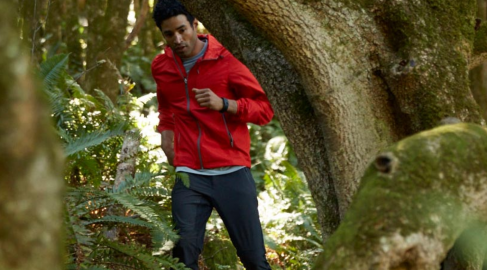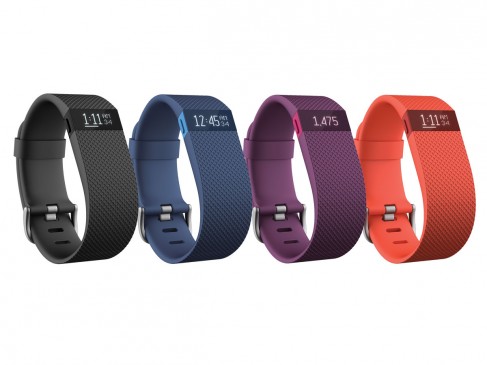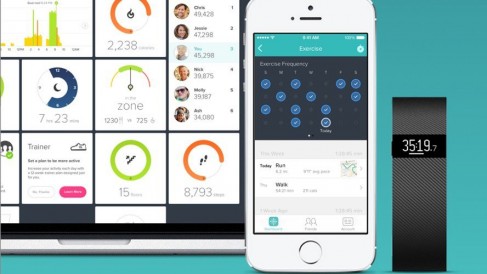Some might remember the step counter. A simple device that attached to your belt or pocket and counted each step you took. I can honestly say I’ve met many people who got a step counter and one day started with walking and shortly moved on to running. Today, the step counter looks much different. Even with all the bells and whistles, the concept is still simple, to count your steps and motivate you to get moving.
Fitbit started in 2007, launching a much sexier version of that old step counter for the health conscious person. They decided it was time to integrate design and technology into a product that would inspire people to live a healthier, more active lifestyle.
From the very first Fitbit to the present day Fitbit, many things have changed. There is now a Fitbit for everyone, from an everyday walker, active lifestyle pursuant or the high-performance athlete. Not only do we all have fitness goals, but we also have our own technology needs. Fitbit will find the perfect activity tracker for you.
Fitbit recently launched the Charge HR. An activity tracker that is so much more. To list a few, like the name suggests, it continuously tracks your heart rate. Not only tracking steps, distance and calories burned, it will track how many floors you climbed. It tracks movement while you sleep, letting you know if you slept soundly or were restless. It also has a built in alarm, clock and caller ID. As far as an activity tracker goes, it’s fairly robust. Fitbit ambassador and trainer to the stars, Harley Pasternak, uses Fitbit not only one on one with clients, but helps them become part of a bigger community. He said, “Community is important and Fitbit allows you to link up with friends, family and co-workers to share ideas, integrate healthy competition and stay active.”
As a runner, I’m more accustomed to the GPS watches on the market, devices that track my lap times, distance and current pace. I can also track my heart rate with a heart rate monitor strap. When it comes to the Fitbit, I’m more interested in how this tool will help with my training. As someone who runs between 10-15K a day, I’m definitely going to hit the magic Fitbit number of 10,000 steps. The steps aren’t as concerning to me as the other parts of this gadget. If you are a Couch to 5K person, this is definitely a great starter tool for you. As an intermediate to expert runner, there are many other reasons why you might want to slap a Fitbit on your wrist.
The most important organ used for running is our heart. Heart rate monitor training can be complicated and even scary for some beginners. Unless you have a heart condition, heart rate monitor training may be a little overwhelming. Instead think of using a tool like the Fitbit to monitor your resting heart rate. Resting heart rate is a good indicator of improved fitness, whether you’re overtraining, or even coming down with a cold. Another great way to use the heart rate tool, especially for beginners, is recovery. Tracking your heart rate as it goes up is great, but a more important number is what your heart rate does on the way down. How long it takes for your heart rate to go back to normal is a great indicator of improved fitness. For the intermediate to advanced runners, I highly recommend using a heart rate monitor as a tool during your recovery runs. Maintaining a steady zone 1 heart rate for non-workout runs will ensure you’re getting the proper recovery while staying active.

Whether you want to start a new fitness program or get some hard cold data about your workouts, there’s a Fitbit for any lifestyle. Fitbit is a great activity tracker that comes with a built in community, while keeping you motivated to stick with your fitness goals. Over the past 10 weeks, iRun and Sport Chek have been giving Fitbits away to our readers. To see how you can win a Fitbit, and to check out a really cool training program, see mybestrunningrace.com.











 Current Issue
Current Issue Previous Issue
Previous Issue Prior Release
Prior Release
